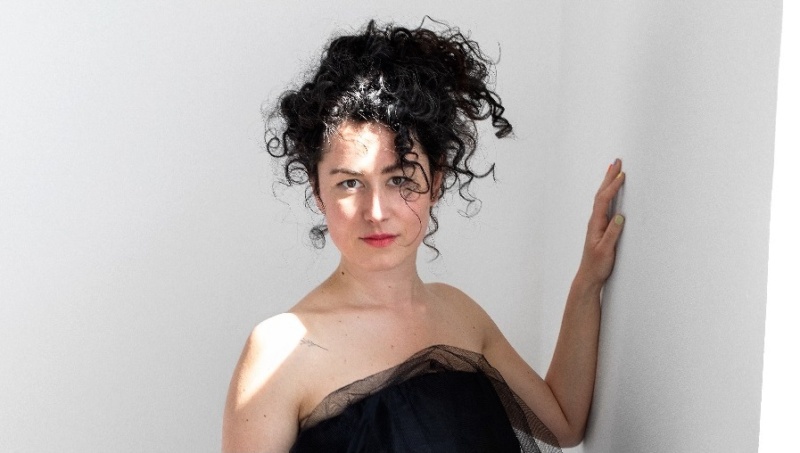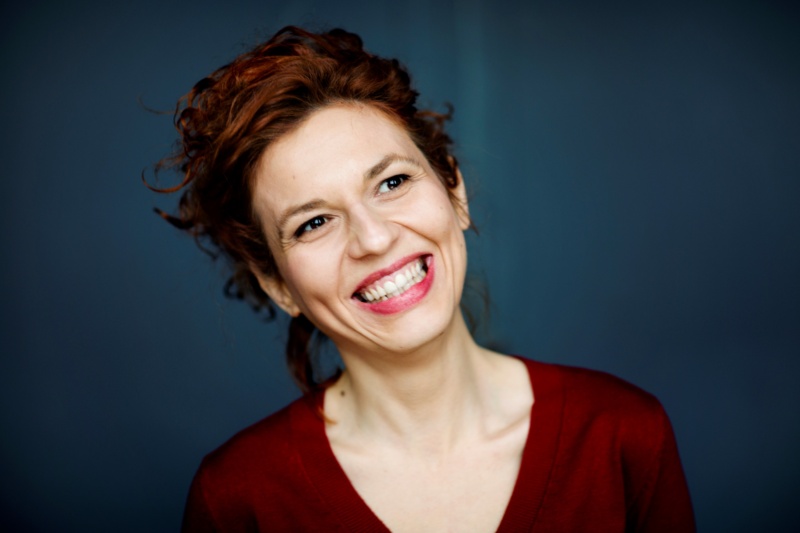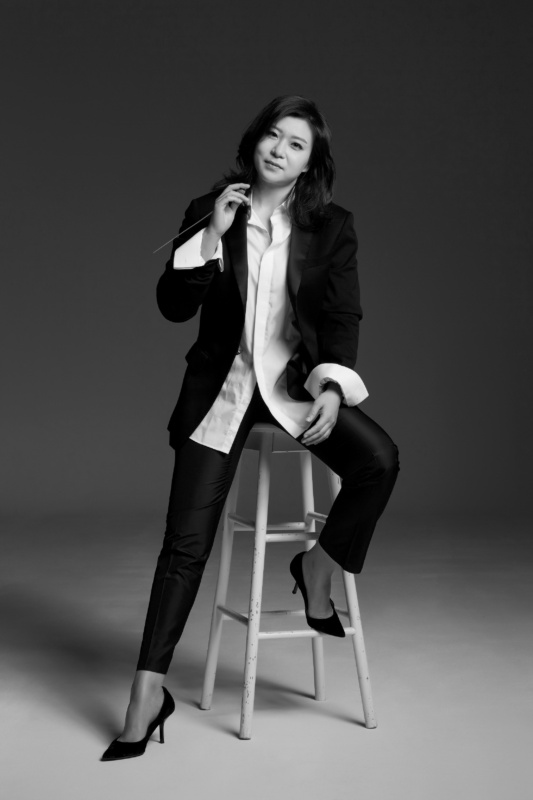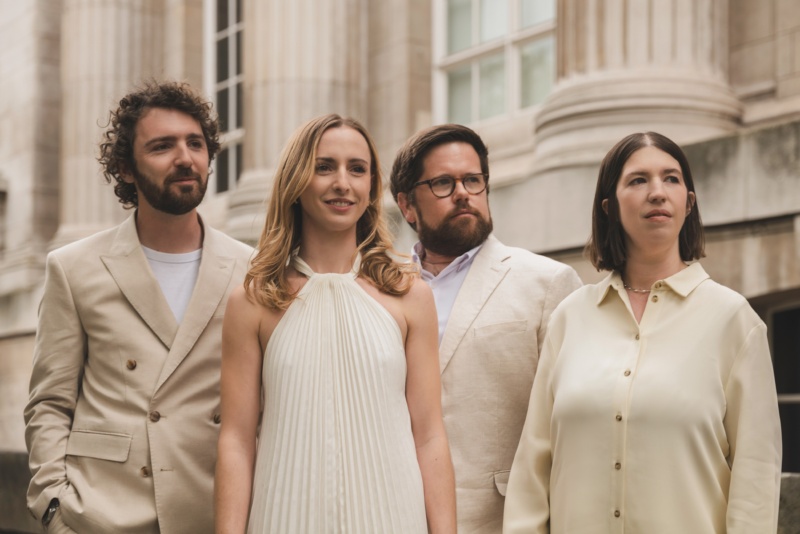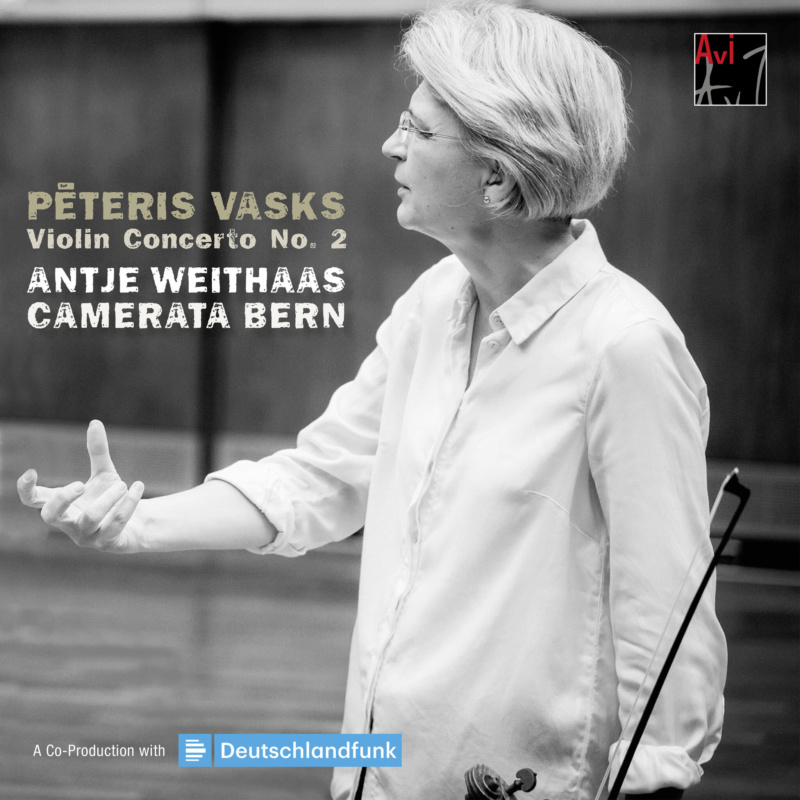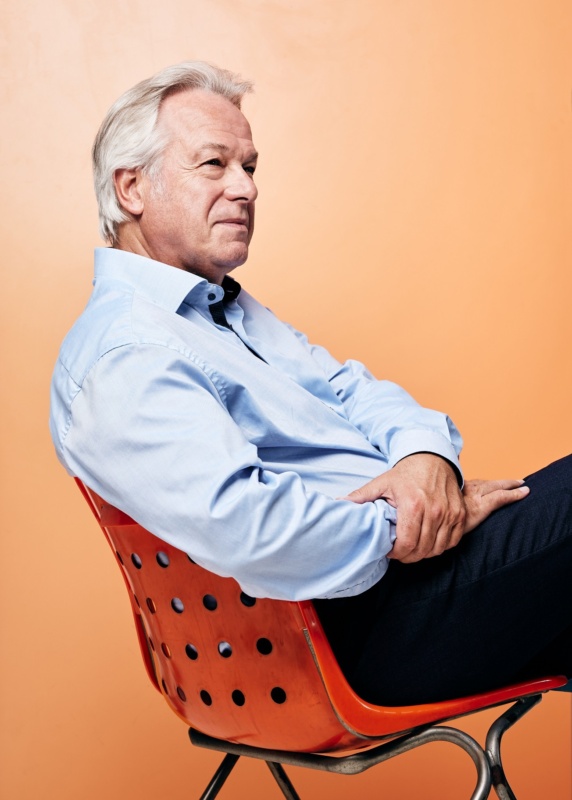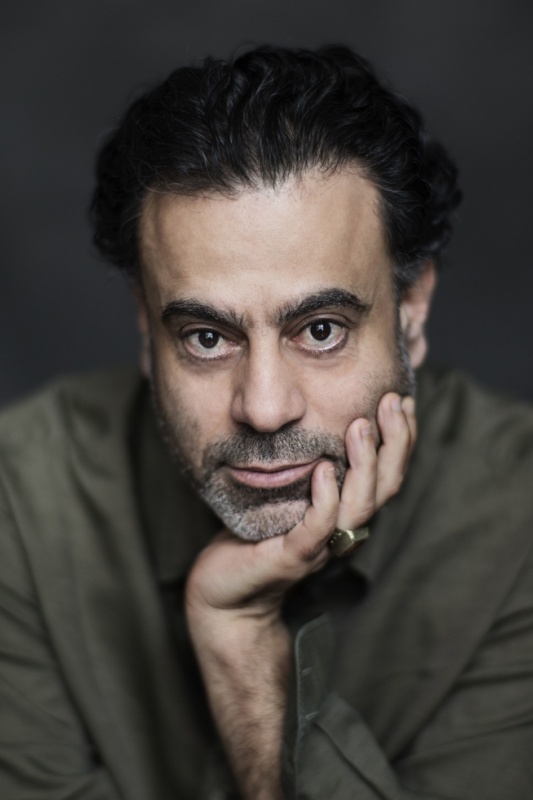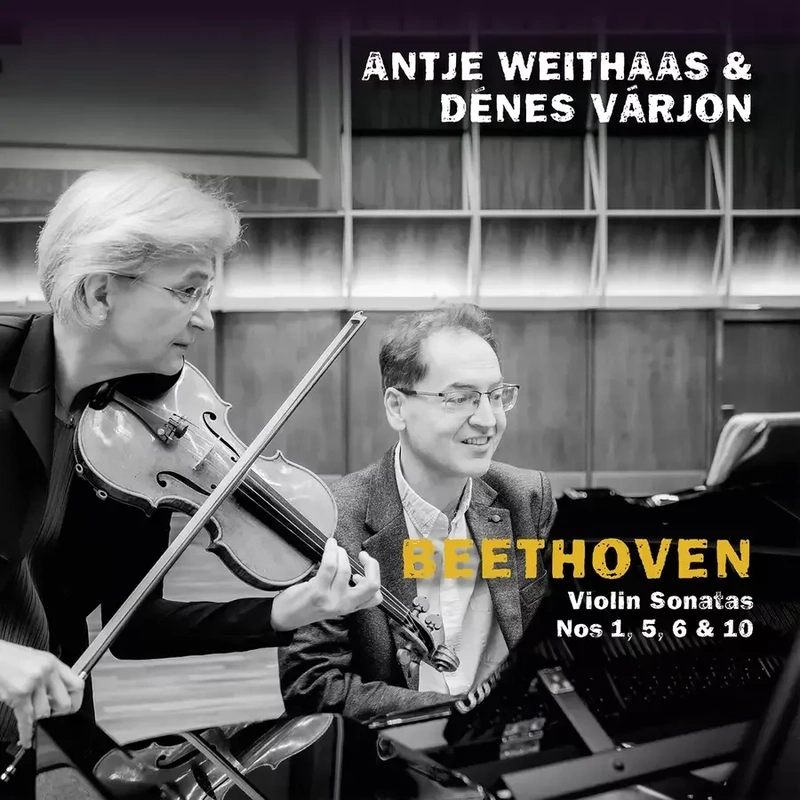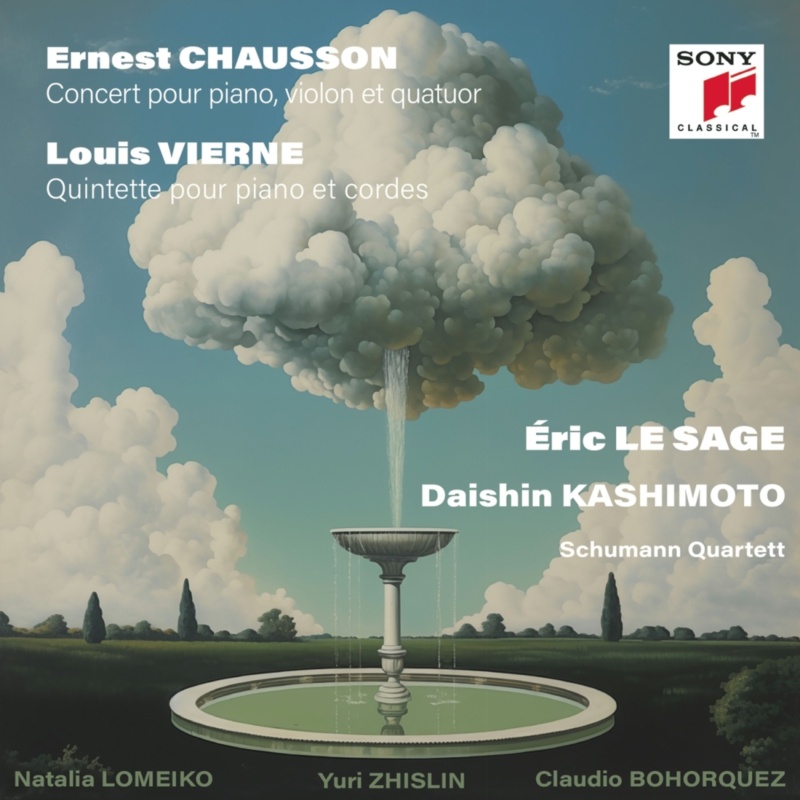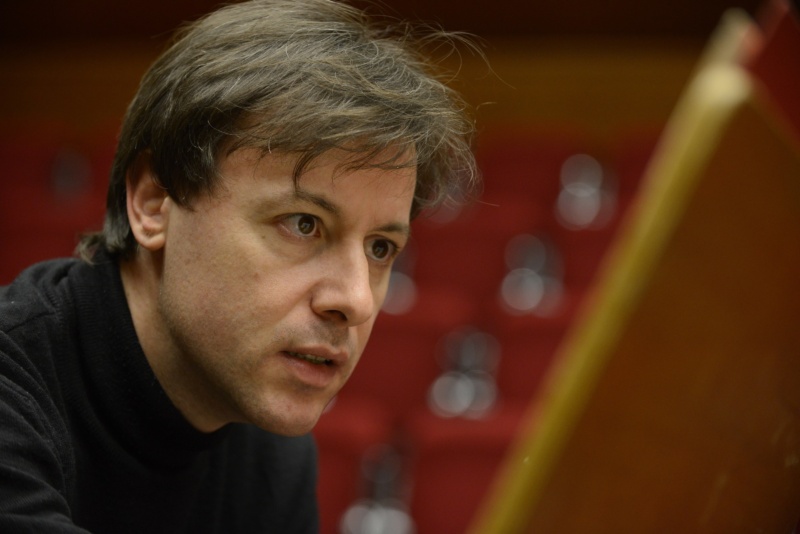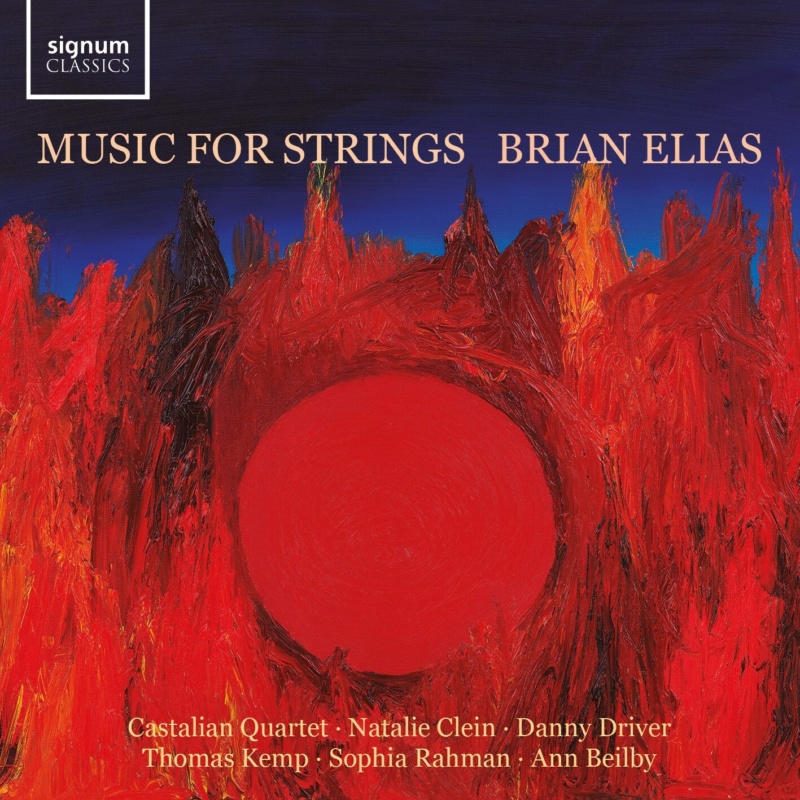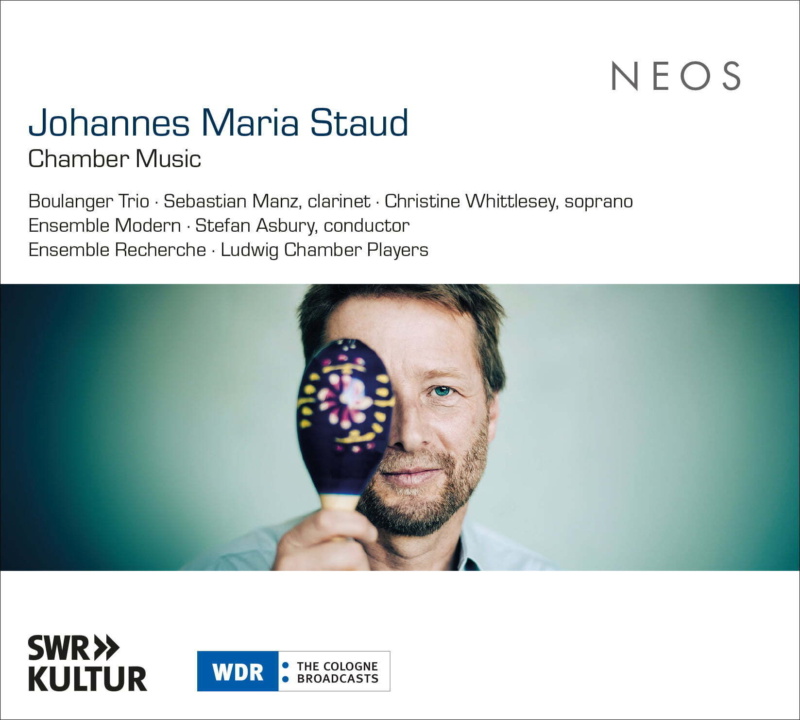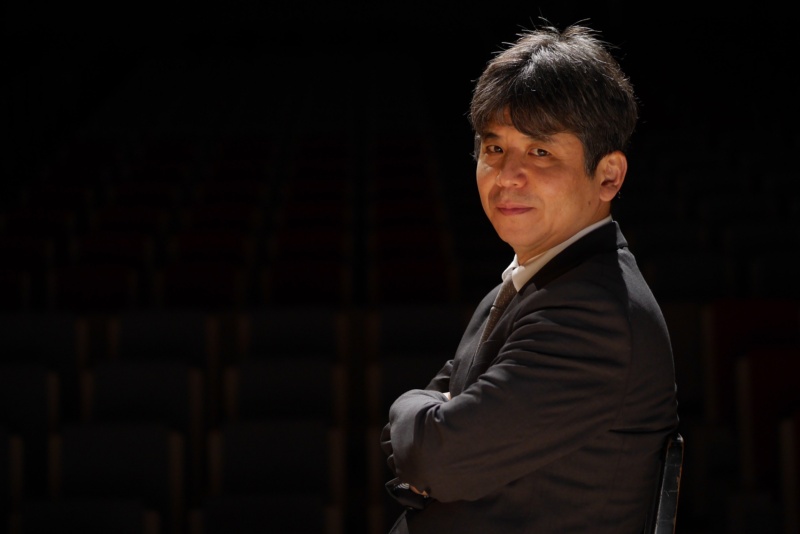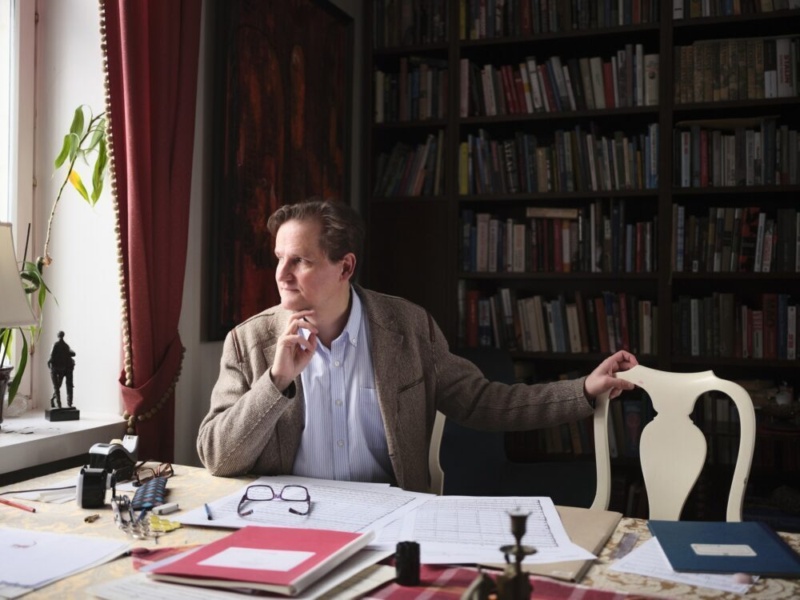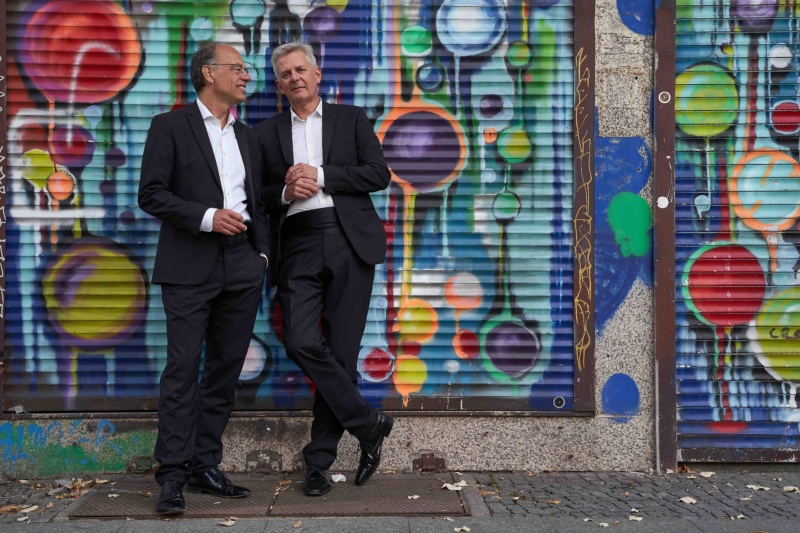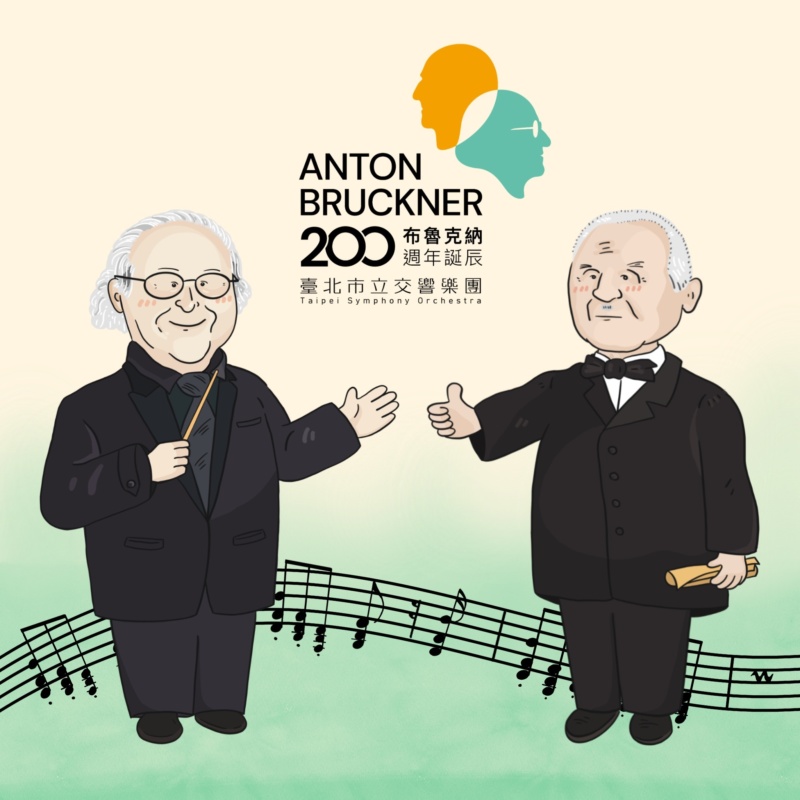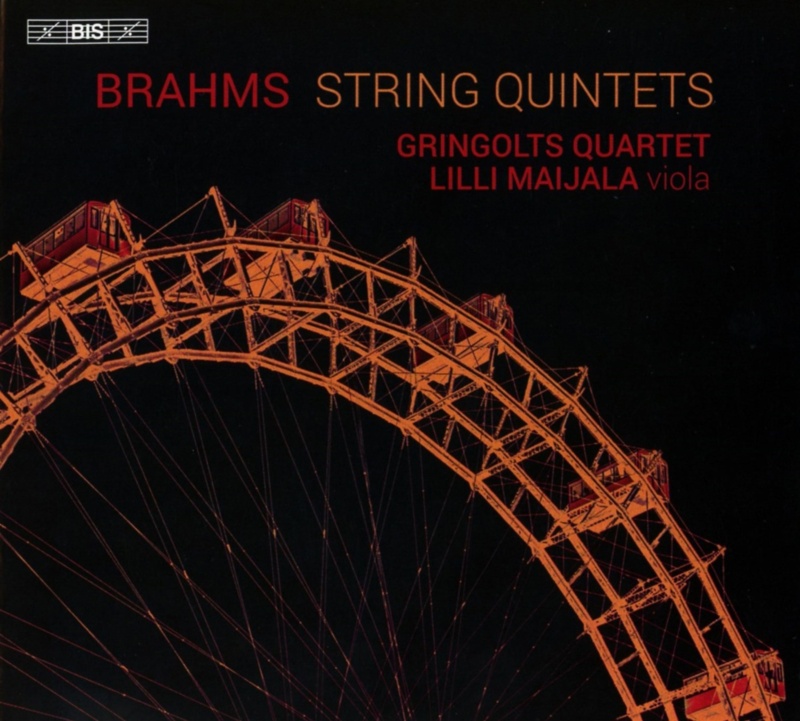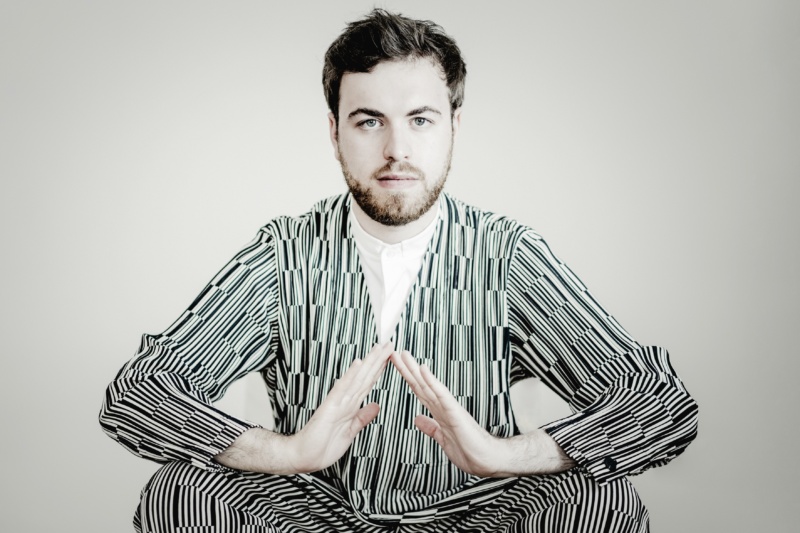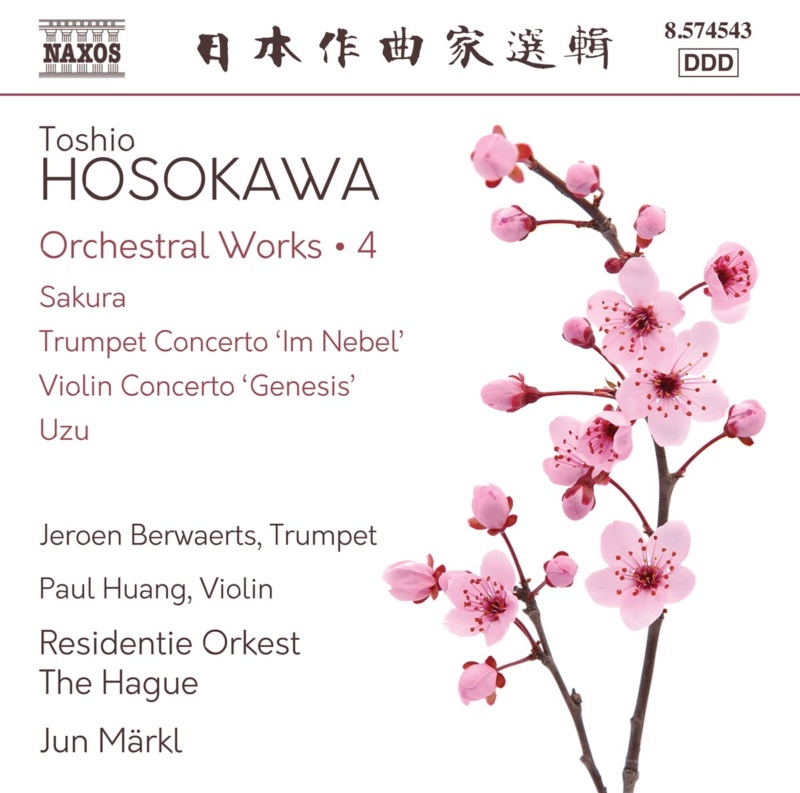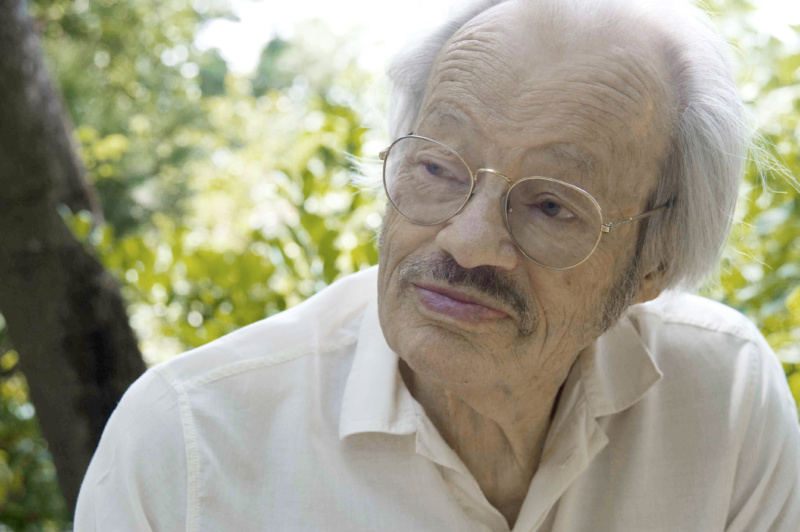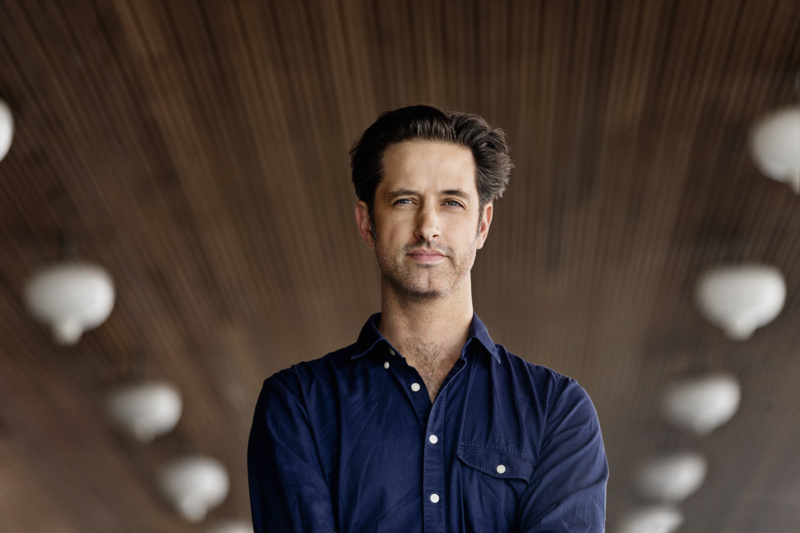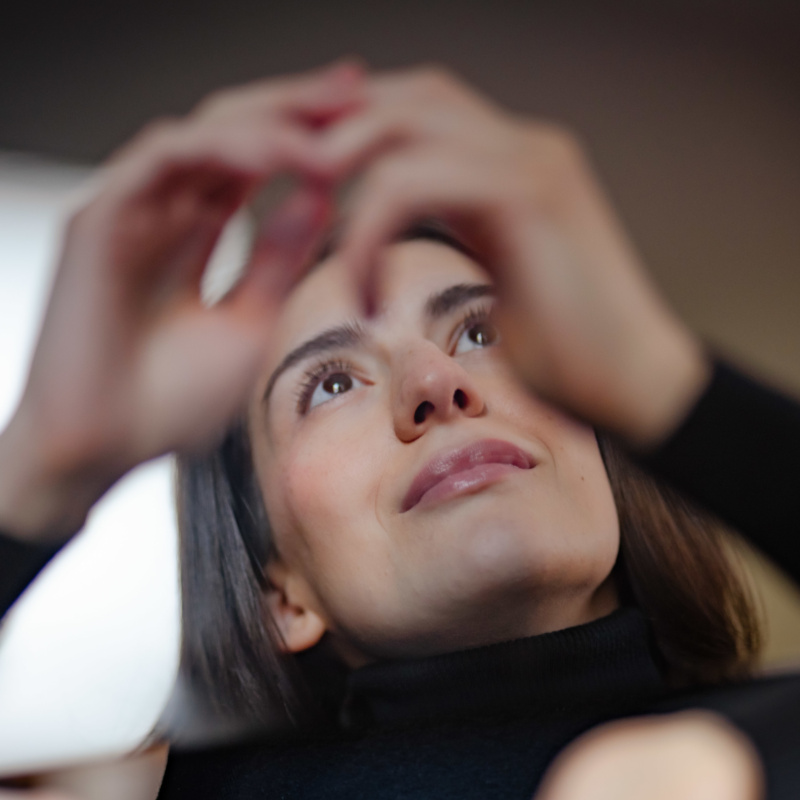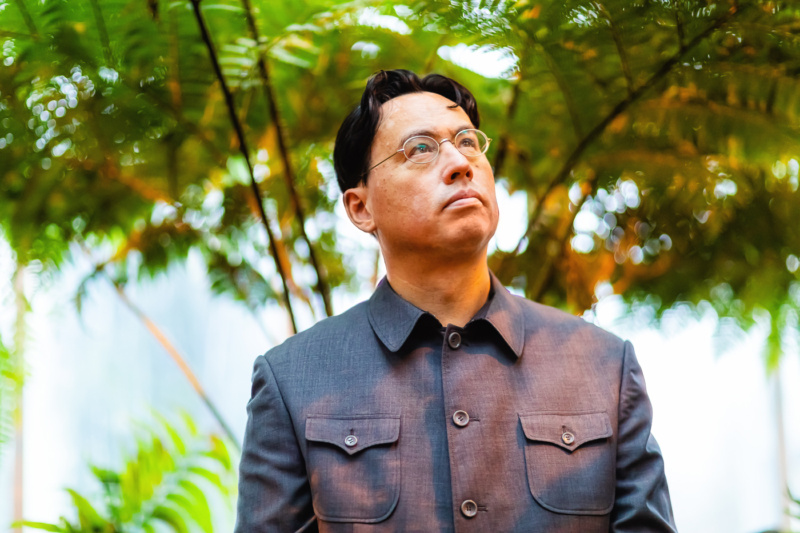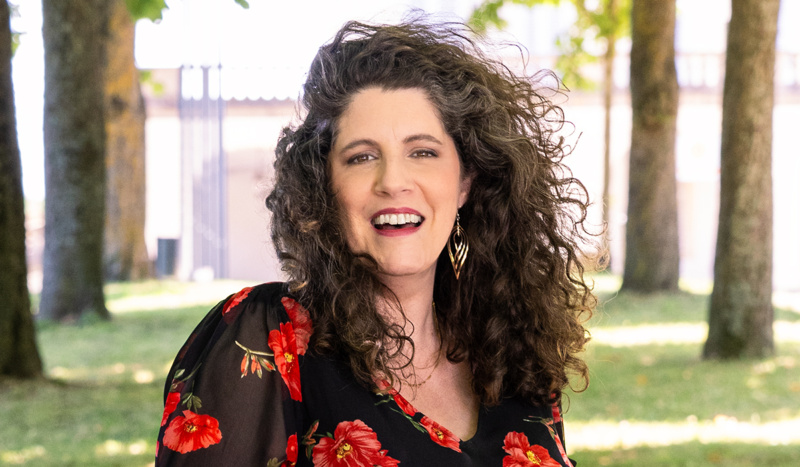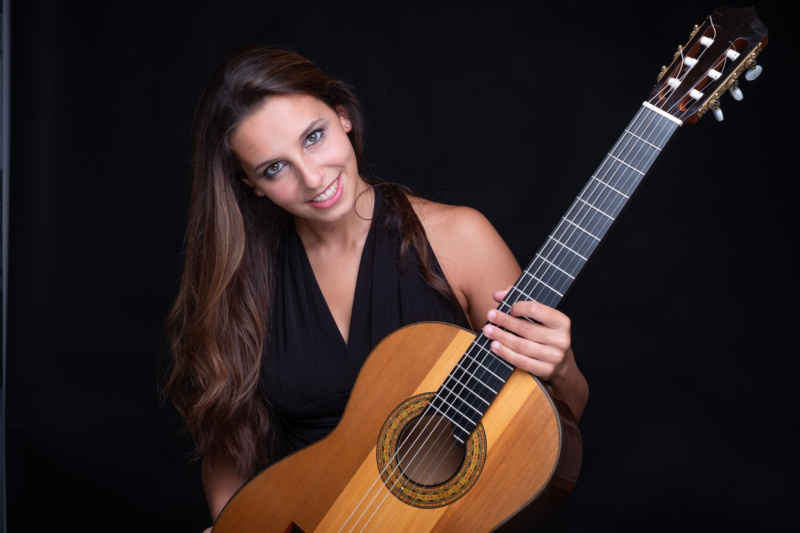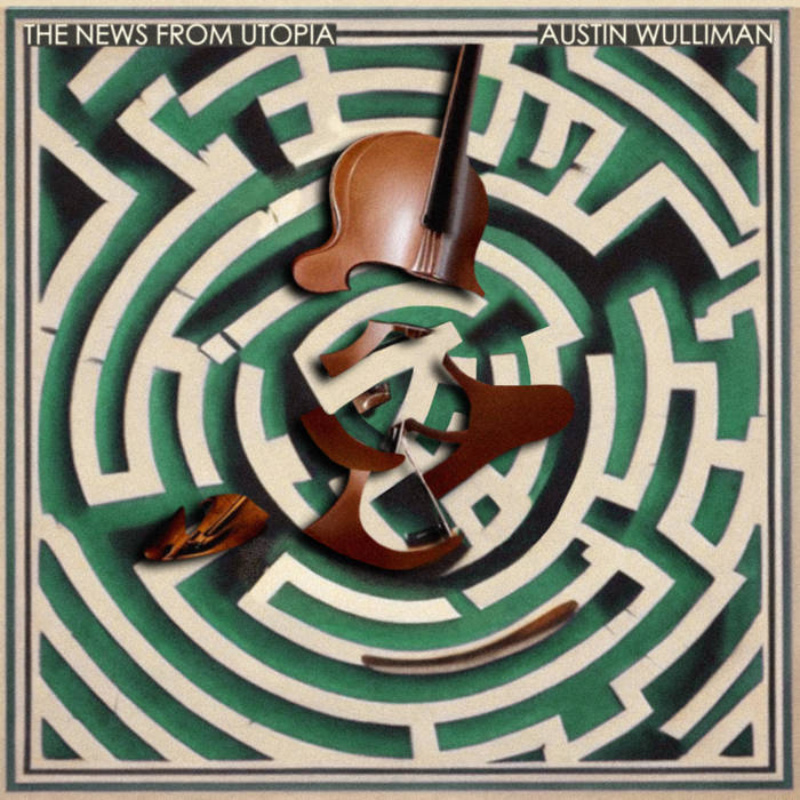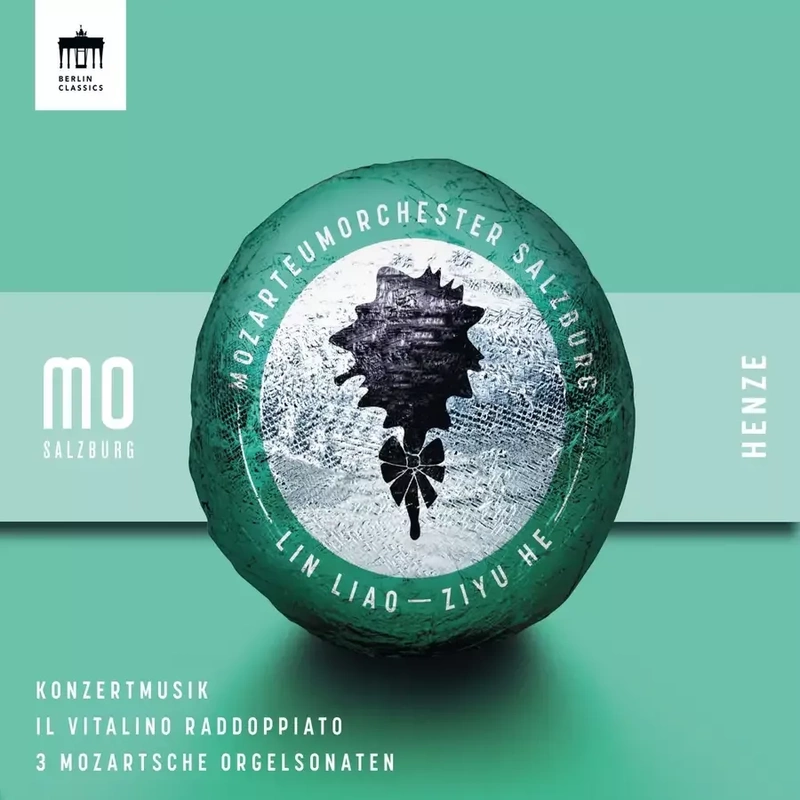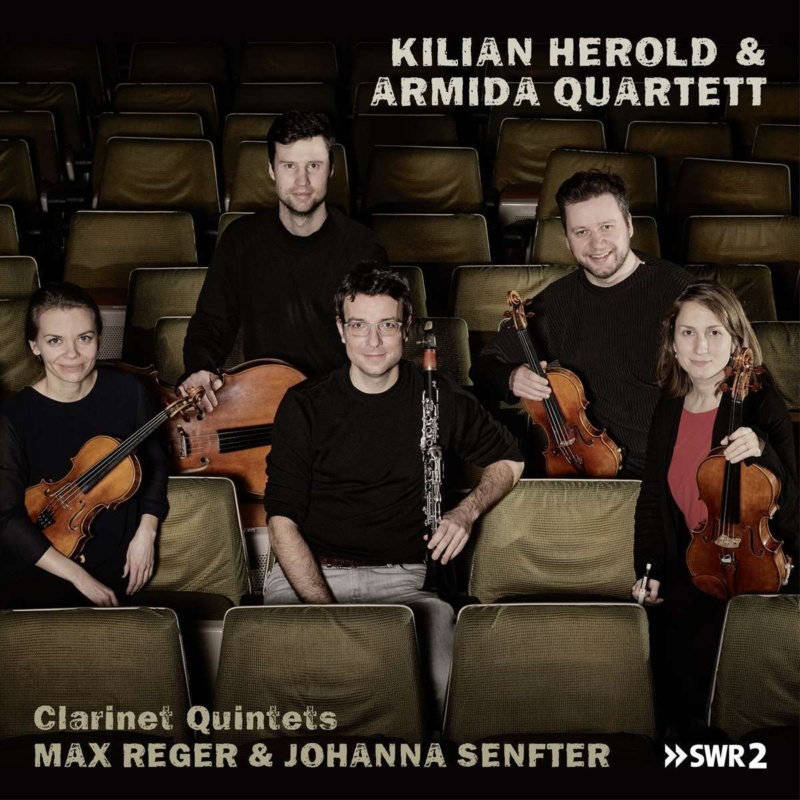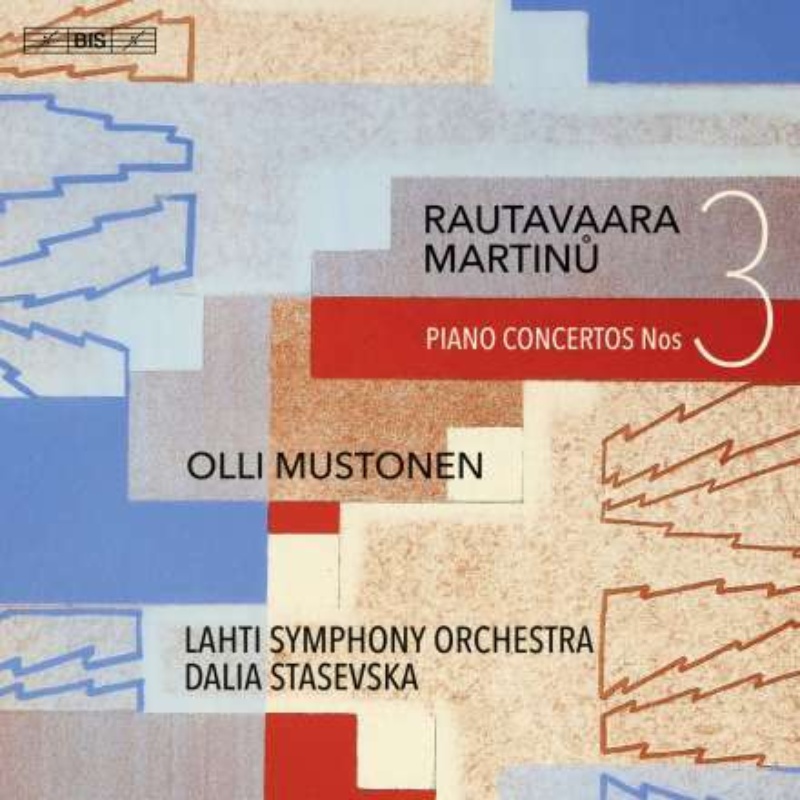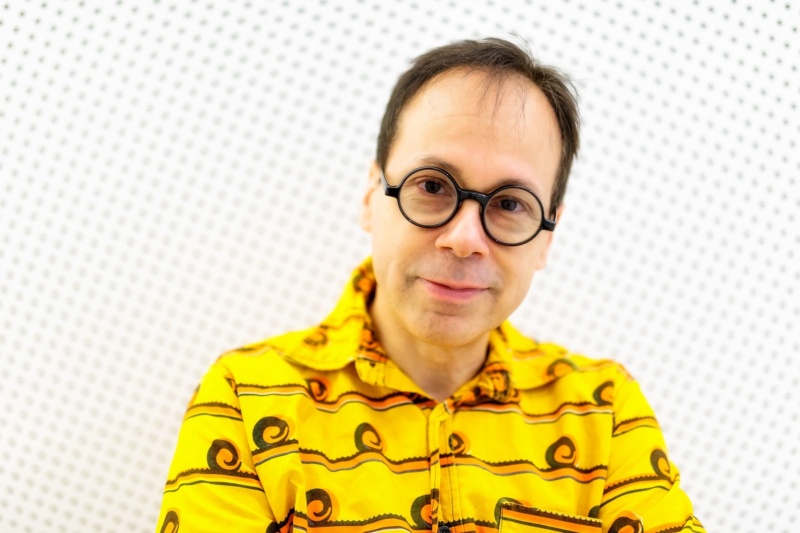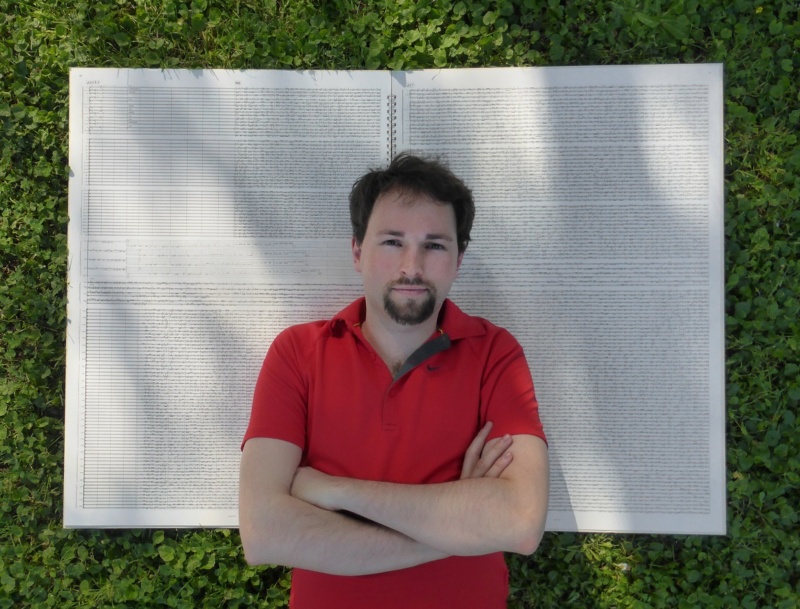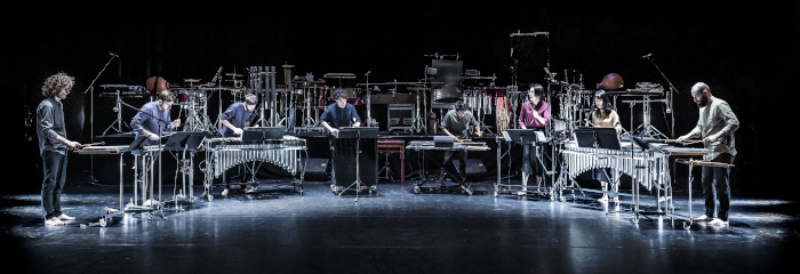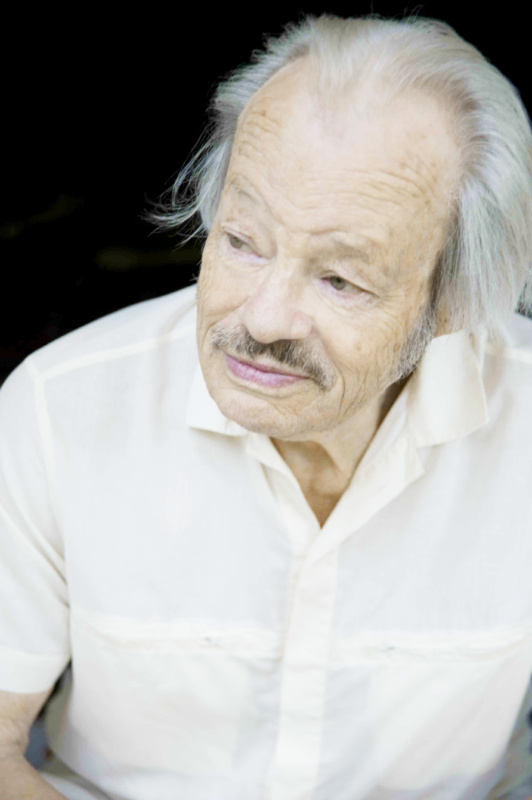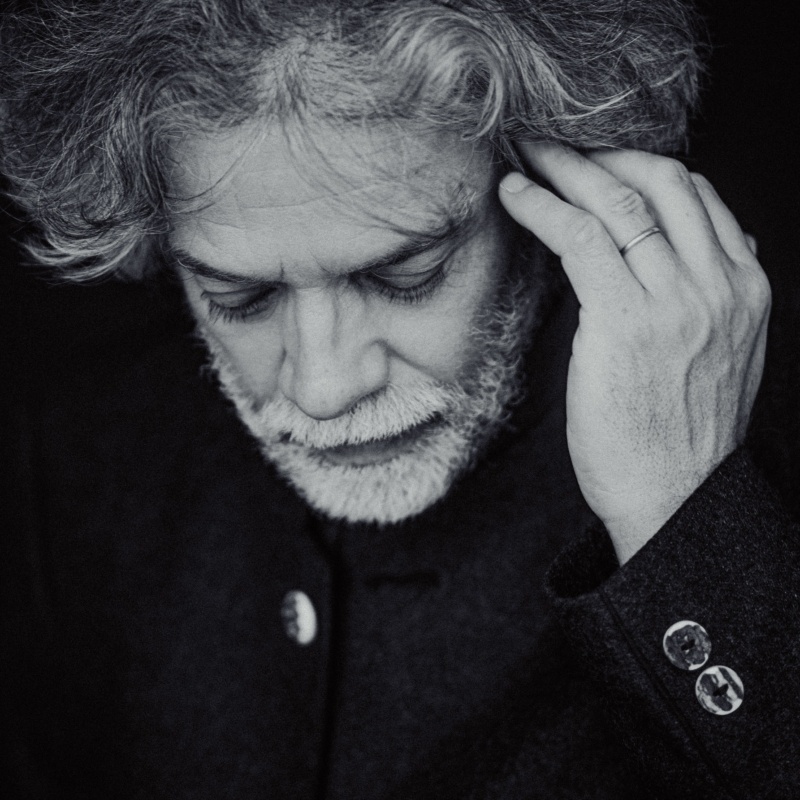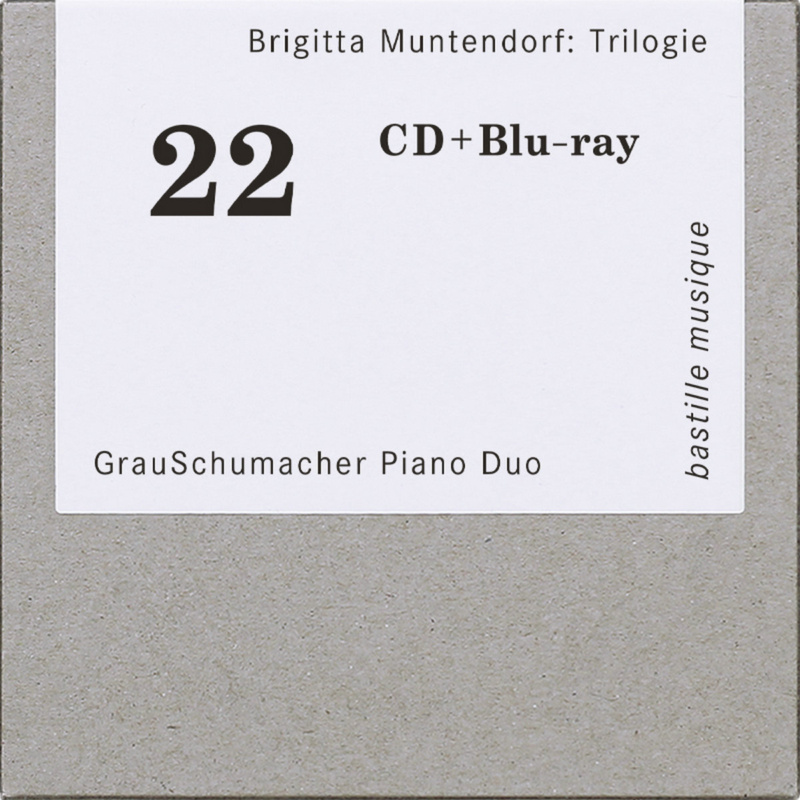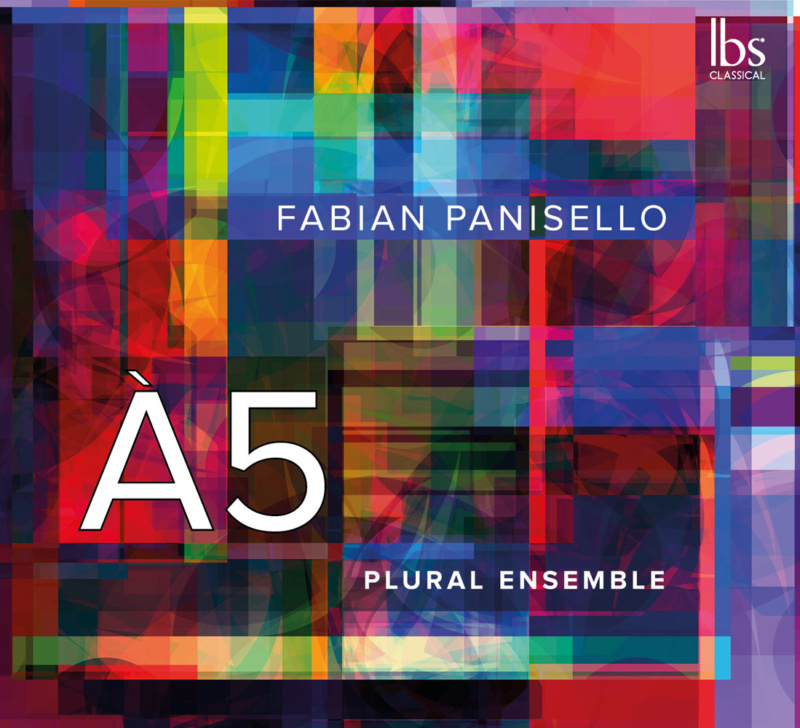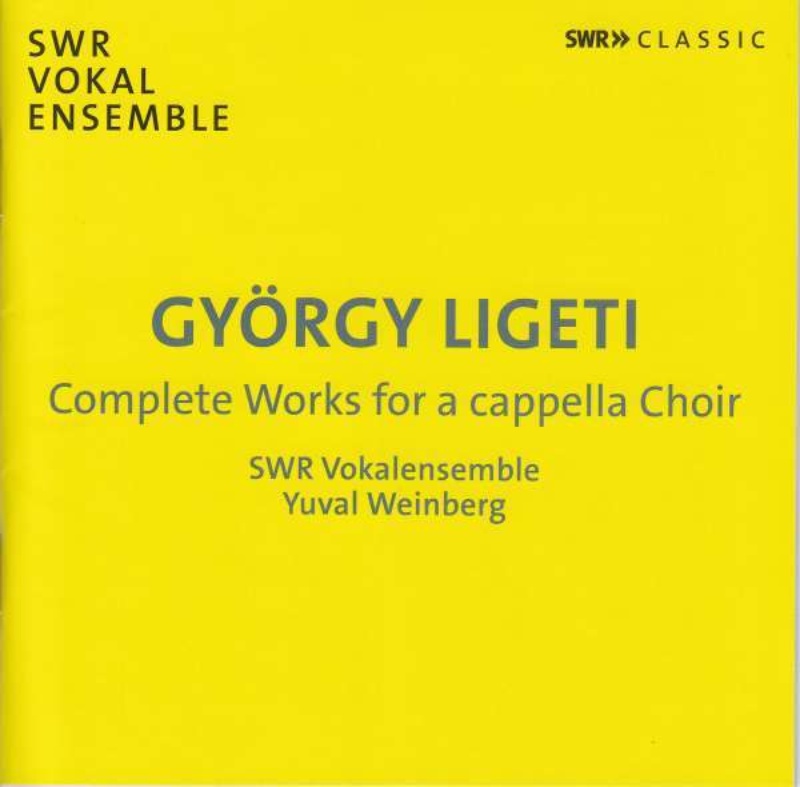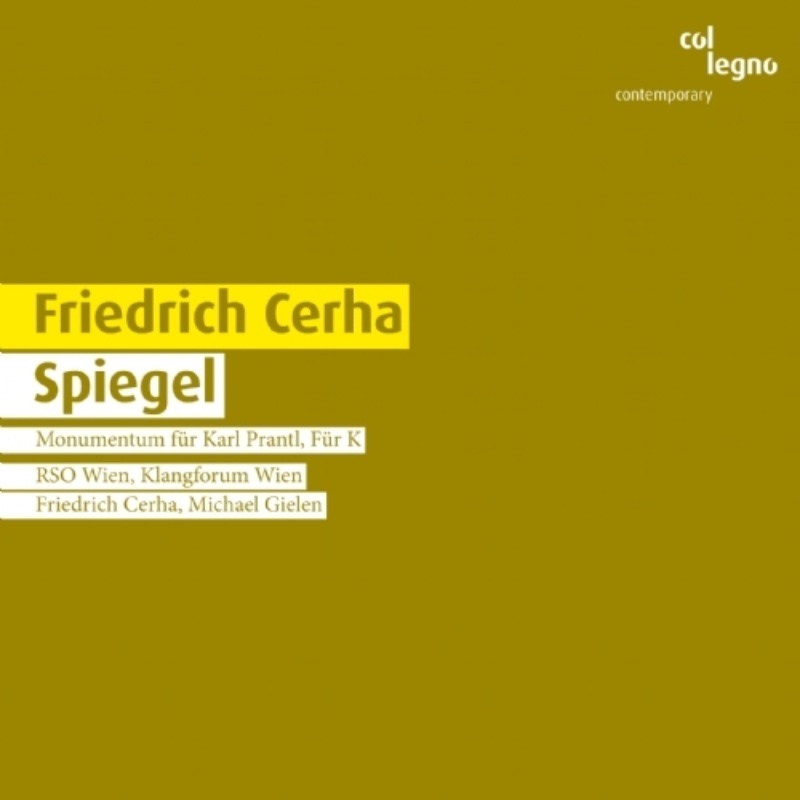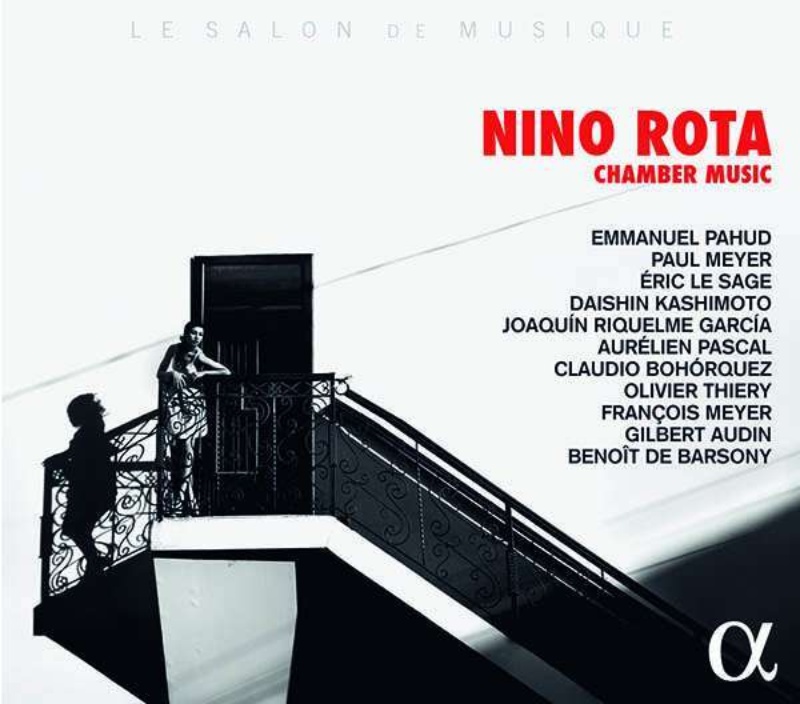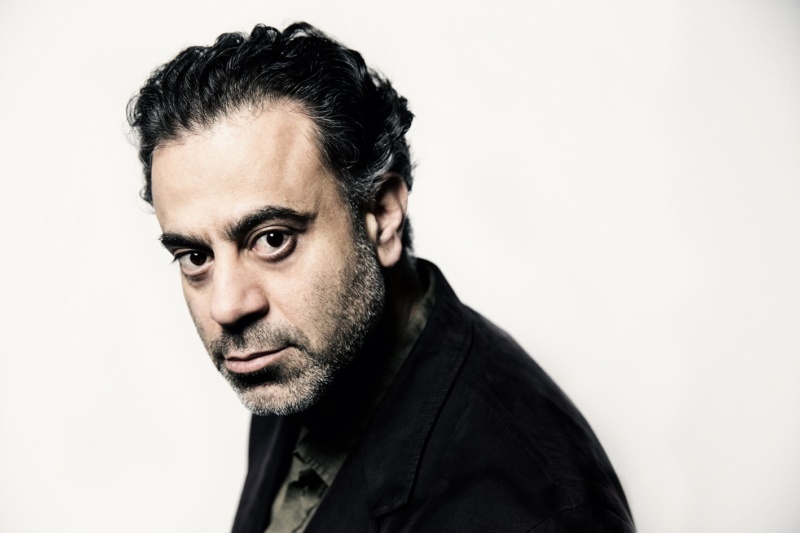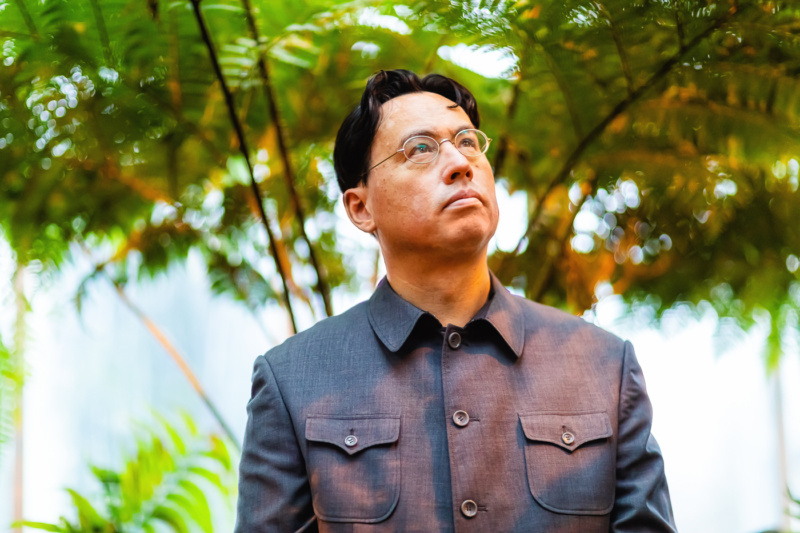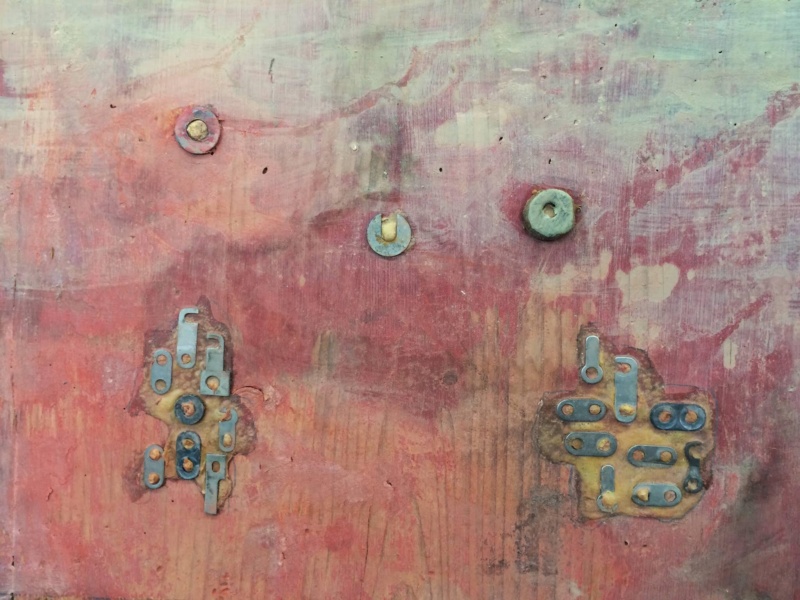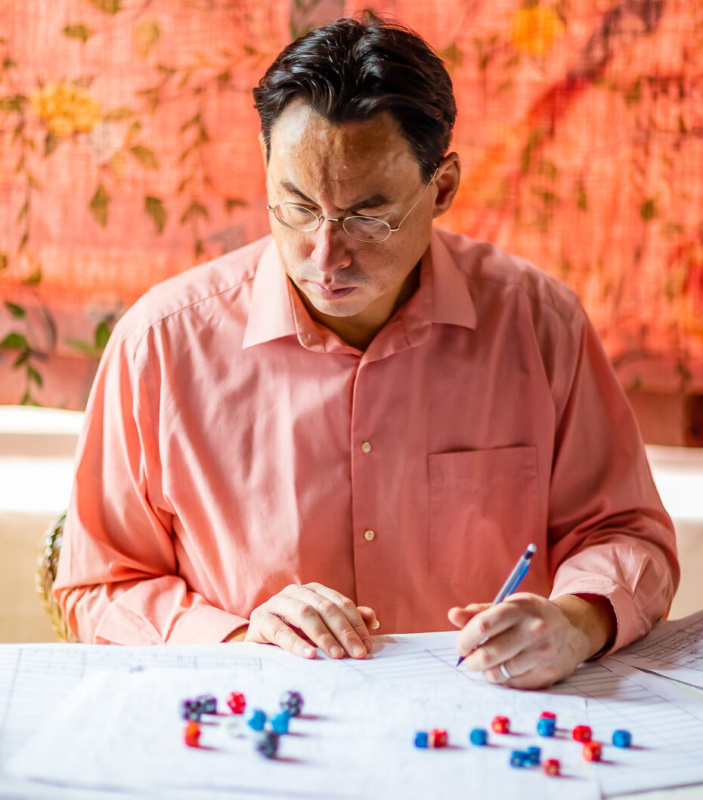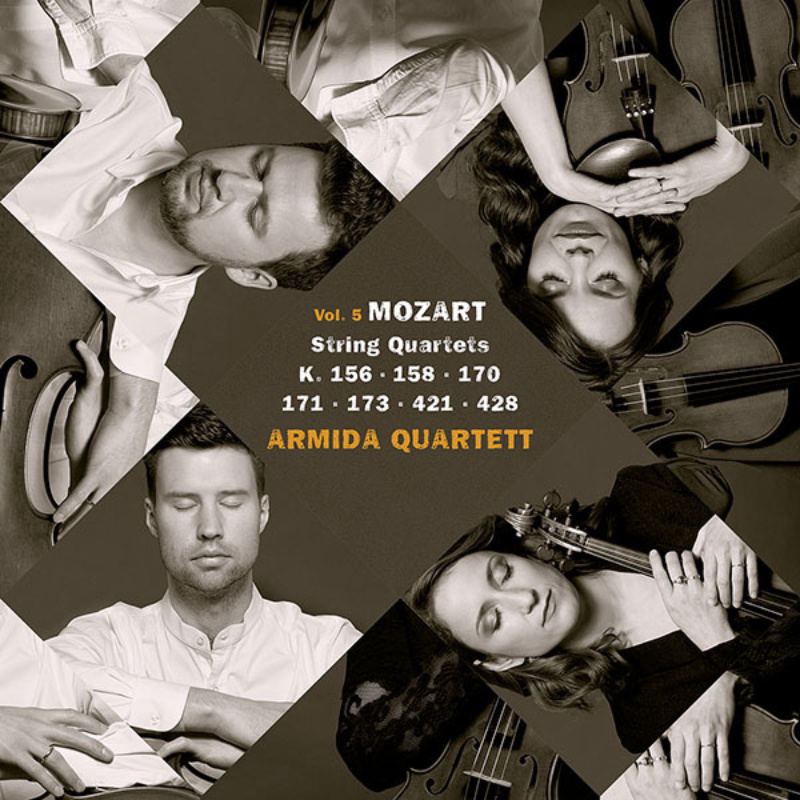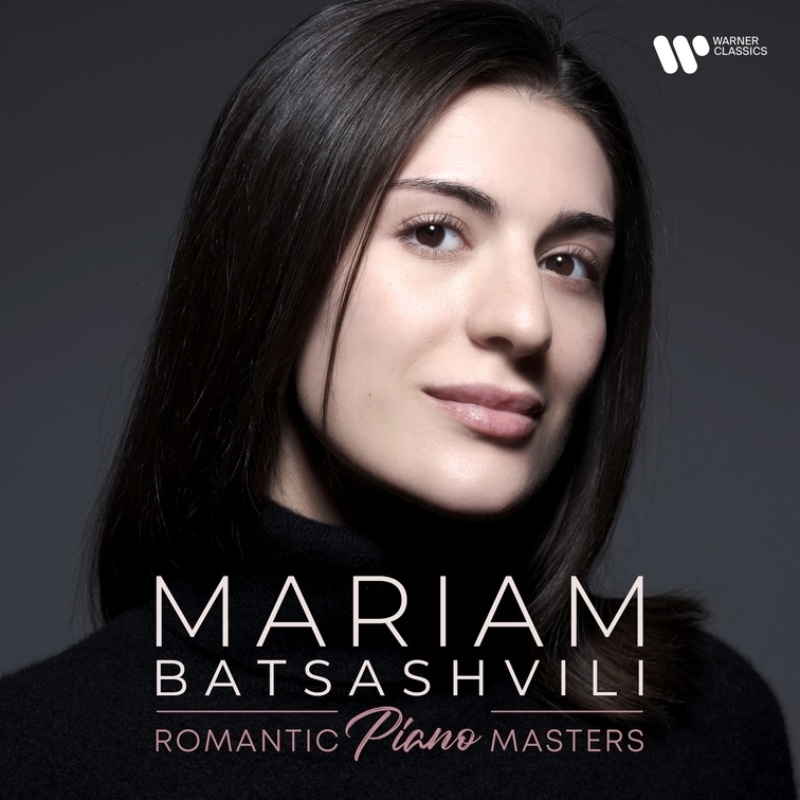For her pioneering work as a contemporary interpreter of the Noh theatre tradition, Ryoko Aoki was awarded the Japan Arts Foundation’s Creative Tradition Prize in early November 2019. The Noh actress and singer – who has performed works such as Toshio Hosokawa's Futari Shizuka and Peter Eötvös' Secret Kiss on stages the world over – incorporates into her performances a theatrical culture that, in the past, was largely reserved for male performers.
She has interpreted over 50 new works to date, more than half of which were commissioned compositions. For the magazine, she shared with us what led her to this art form, as well as her relationship to Japanese and European cultural traditions.
How did you become interested in Noh theatre?
Noh is a form of classical Japanese musical theatre that has been performed since the 14th century. Most Noh performers come from a lineage of Noh actors, in which the Noh tradition is passed down from father to son. I was not born into a Noh family, however. I studied classical ballet from the age of eight. At the same time, I wondered why girls in my generation practised only Western arts, such as piano and ballet. Nowadays, Western culture is somehow more prevalent among Japanese people than our own cultural traditions. Most Japanese people feel that Japanese traditions are the reserve of select few, even though we ourselves are Japanese. One day, I saw a TV programme featuring Noh: it left a major impression on me, and I began practising the Kanze school of Noh at the age of fourteen.
Was it a challenge to break into the traditionally male world of Noh performance?
I studied in the Music Department at the Tokyo National University of the Arts, specialising in Noh theatre. At the time, I was unaware of the challenges posed to women and those without Noh lineage for entering Noh society. In my courses, however, I was the only female in a group otherwise made up entirely of men, most of whom came from a Noh lineage. People would sometimes ask me: “In Noh society, it is difficult for women to do the same activities as men. So, what do you think about your prospects?” This was when I first became aware of the difficulty of my position within Noh society.
How did you first start collaborating with contemporary composers?
I was interested in developing new frontiers based on traditions because it is very natural to me that art is always evolving based on earlier traditions. That is why I chose to study at the Tokyo National University of the Arts. I thought that since there were innumerable artists there, there would be innumerable collaborations among them. However, because of our schedule, we did not have much time to engage in activities beyond the realm of Noh. Also, most Noh students were not interested in or familiar with other art forms. This is because Noh performers are always taught that preserving tradition is the primary ethos, and they think collaborating with other genres will destroy the tradition. Luckily, at that time my university was trying to encourage cross-disciplinary communication. My professor recommended I take part in this kind of project, so I began collaborating with other artists.
What is it like to collaborate with classical performers? Does this present any challenges or surprises?
I am collaborating with composers to make new music pieces because I am thinking about how modern Noh theatre can be shaped. Zeami, the founder of Noh, wrote in his first treatise, Fushikaden, which crystalized the aesthetic of Noh: “It is important not to stay.” This means that Noh performers should not stay remain static, they should always remain open to new experiences. It is said that Zeami himself would modulate his performance in relation to reactions from the audience. This seems very different from the current situation of Noh society. In the European music scene, you have a strong tradition of classical music while continuing to create new music based on your tradition. Furthermore, you always present new versions of classical operas and plays as interpreted by different theatre directors. For you, an opera house is not a museum. Meanwhile, in Japan we have several traditional performance genres, such as Noh, Kabuki, and Bunraku (puppet theatre). Many people think that the most important thing is preserving these traditions as they were. We should be very proud that we maintain our traditions, but unfortunately, we rarely have opportunities to show new creations based on these traditions, especially in interpretations given by traditional performers themselves. Nowadays, young people are not so interested in traditional performances, only old people come. We should think about that.
Are there any role models or historical examples for artistic collaborations in Noh theatre?
In the 1960s and 70s, Hisao Kanze, a famous Noh performer, collaborated with artists in other genres, most notably with theatre director Tadashi Suzuki. I think Noh had a great impact on the theatre scene. Both Japanese and Western directors have been inspired by it, including Peter Brook and Robert Wilson. However, Noh consists of both dramaturgy and music. In the 1960s, Hisao Kanze worked with several composers of contemporary music, including Toru Takemitsu, Joji Yuasa, and Toshi Ichiyanagi. Following Hisao Kanze’s death, few new works have appeared, and in most collaborations, Noh actors simply dance accompanied by contemporary music. But I was taught by my Noh teacher that singing is very important for Noh performers, even more so than dancing. I try to bring something to the musical aspect by focusing more on singing. And so I began collaborating with composers who write for my voice.
Interview: Karsten Witt Musik Management, November 2019

